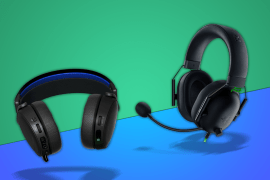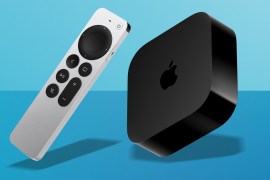I tried playing my PS5 remotely while traveling, and the results weren’t great
Can you take your PS5 on holiday without taking your PS5?
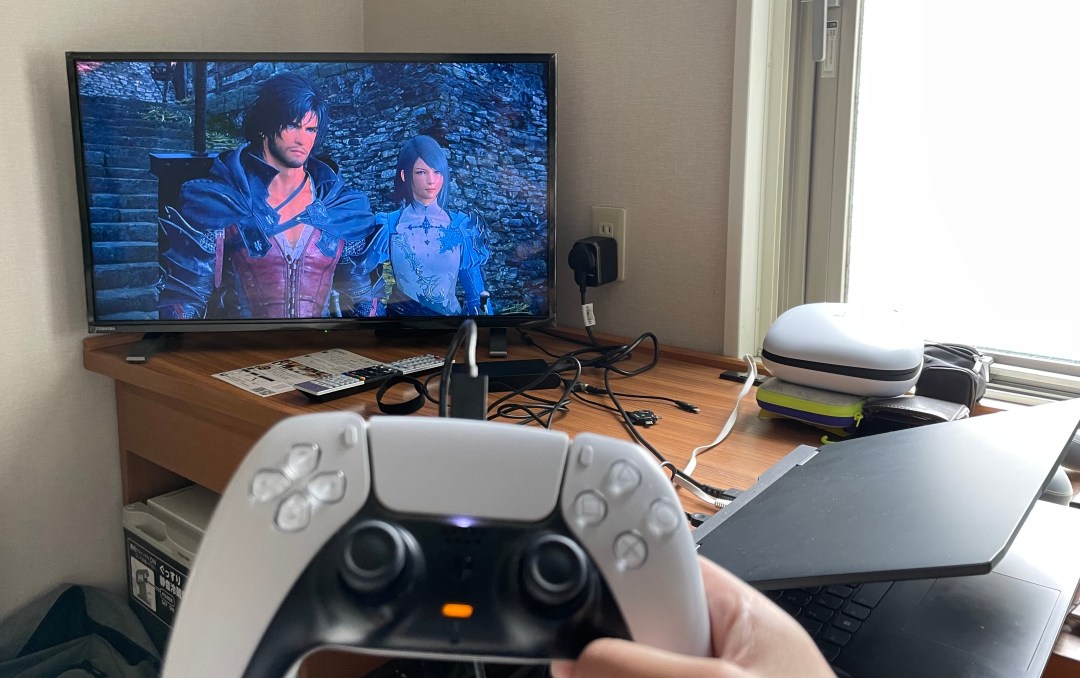
The summer holidays are finally upon us. It’s a time to get away for a staycation, beach trip, or for getting as far away from the UK as you can. However, that doesn’t mean you have to leave your console behind while you’re away for a week or longer. That’s especially easy when you have a Nintendo Switch or Steam Deck, as well as your phone. But what if I said you could also do that with your PlayStation?
No, I don’t mean digging out the Vita that’s been gathering dust in your drawer, or having to lug your PS5 as another piece of luggage. Through the power of remote play and a high speed internet connection, it’s actually possible to connect to your PS5 console and play it on another device.
But just because you can, does it mean you should? After all, the PlayStation Portal has very much positioned itself as a way to play your PS5 at home while the TV’s being used by someone else. Although it’s recently had an update that allows you to sign in to public Wi-Fi networks, Sony has avoided advertising it as a way to play remotely on the go, perhaps for good reason.
Remote prep
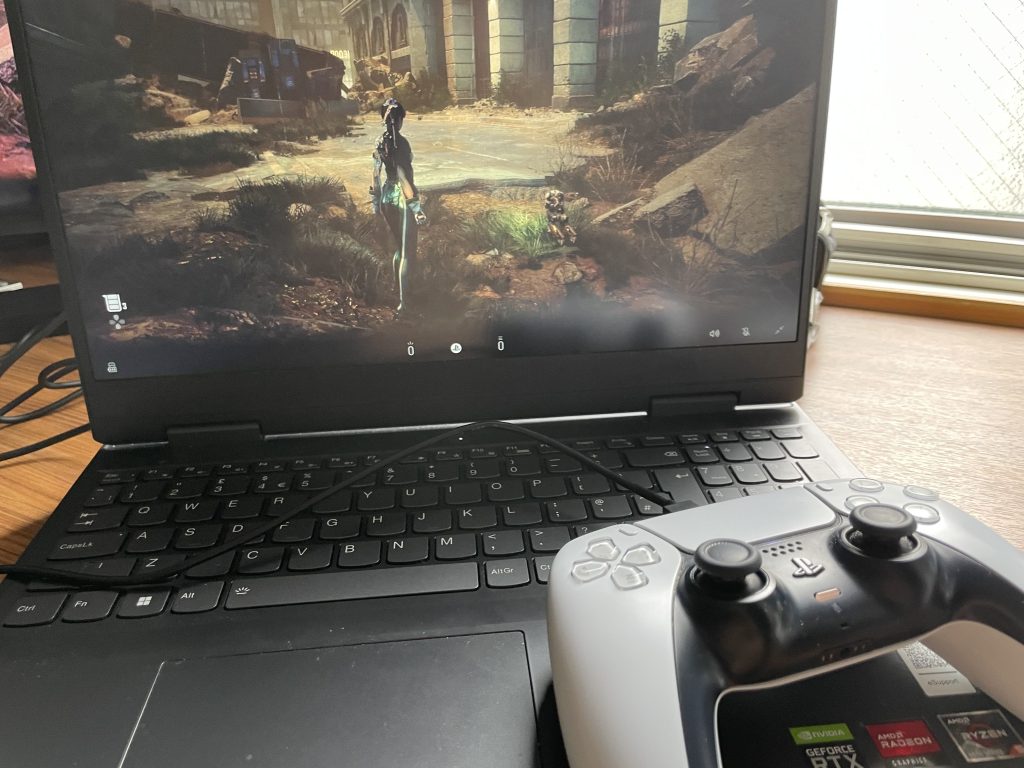
For my experiment, I took this test to when I was travelling in Japan. I opted to use my laptop, since you can install the Remote Play app on PC and Mac. All I needed was to pack my DualSense controller with a USB-C cable and then connect to the hotel internet and I was away.
Obviously, getting remote play to work also requires leaving the PS5 on rest mode. This does mean it’s going to consume power, so maybe consider whether or not it’s worth doing that if you’re away for an extended period. I had already set things up ahead of my trip, first testing the remote play feature at home, and then also ensured I set the PS5 to go to rest mode if it’s idle for more than 30 minutes. Conversely, you could also make the mistake of powering off your PS5 while remote, which then means you can’t turn it back on again, unless someone else is at home who you can ask for a favour.
Because playing remotely on PS5 requires a high internet speed (while the minimum is 5Mbps, you ideally want it above 15Mps), I tried connecting via Ethernet cable when the hotel provided it. The good news was most Japanese hotels do provide Ethernet connections, and in one case, I was even able to borrow a cable from the front desk. A bonus is that I also brought a spare HDMI cable so that I could connect my laptop to my hotel room’s TV – compatibility varies from hotel to hotel, though I found it’s the ‘nice’ hotels that tend to be more restrictive with how guests can use TVs for personal use.
Not so Stellar Blade
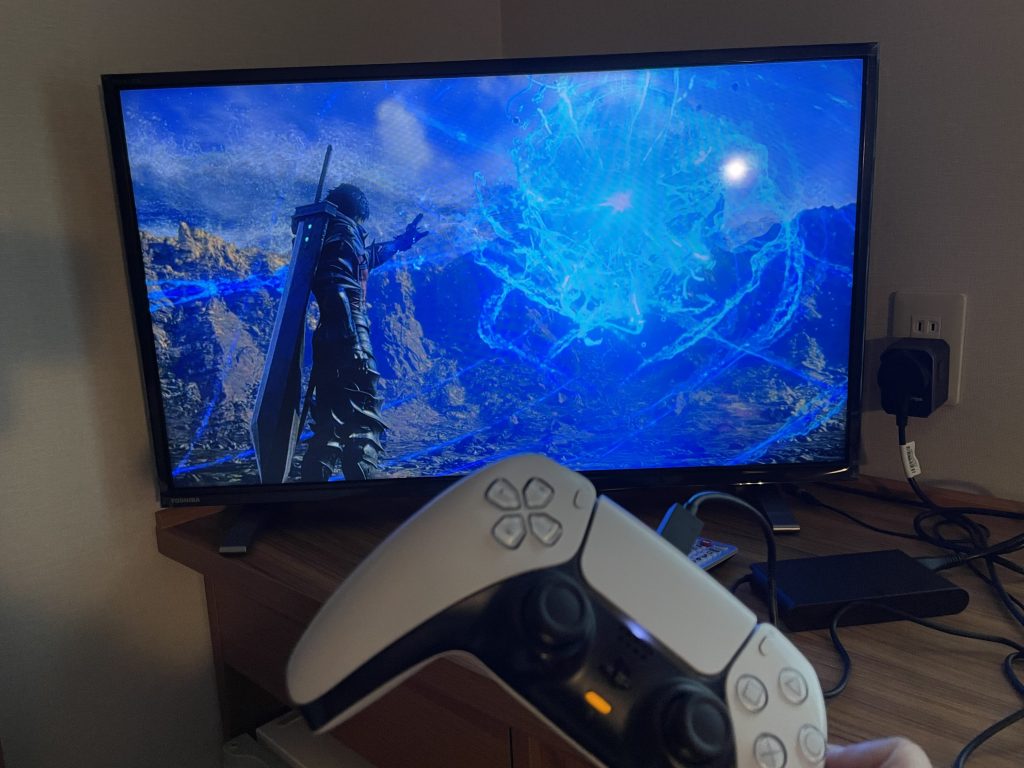
At first, the results looked amazing. You might usually expect to see some artifacting when streaming a game but under the best possible conditions – connecting via Ethernet with my laptop connected to the hotel room TV – the picture quality looked every bit as clear and sharp as if I was at home with a smooth 60 FPS frame rate. But then when I use the controller, it’s another story.
The common concern with gaming online or streaming has always been latency, where there’s a delay between you pressing a button or moving a stick and then seeing it outputted in the game on the screen. As it transpires, the problem gets worse the further away you are from the machine you’re trying to access remotely. Streaming when you’re in another room in the house is one thing, but when you’re not just in another country but more than 5,000 miles away, as was I, that lag is excruciating. I’m not talking just a few frames but upwards of a whole second.
In other words, games demanding precision are pretty much all out the window. Trying to play a few online rounds of Street Fighter 6 was laughably giving myself the worst handicap, and if you thought Elden Ring was already nightmarish, then try to anticipate then input a parry in advance of its landing.
I also had Stellar Blade to play during this time, and while the beautiful, if often gratuitous, visuals looked great on screen, I found I could only make meaningful progress if I put the difficulty down to story mode. But even then, when you’re just trying to have Eve turn a corner and have to wait for that to happen, that makes for an awful time that’s hard to sustain for any lengthy gaming session without being grating.
At the same time, Final Fantasy XVI’s ‘The Rising Tide’ expansion had just come out at the same time, and somehow I managed to get myself to finish it completely via remote play. Maybe it was because it’s a shorter experience, or that the cinematic presentation was largely unspoiled, though it was also because the game lets you equip an accessory that slows down enemy attacks, giving you a one-second window to dodge and counter. I never needed it when previously playing the game, but in this circumstance it was essential.
Ultimately, being able to play high-fidelity action-packed blockbuster exclusives is the main reason for wanting to play my PS5 remotely, and this experiment proved it’s really not cut out for that. If you’re playing something that’s a little more chill where you can take your time, where the lag isn’t going to be a huge dealbreaker, then maybe it’s still viable. But then if you’re just going to play Balatro when on holiday, just pack your Switch and save yourself the headache. And if you really do want a slice of PlayStation while away, digging out that Vita for old time’s sake isn’t such a bad idea.

